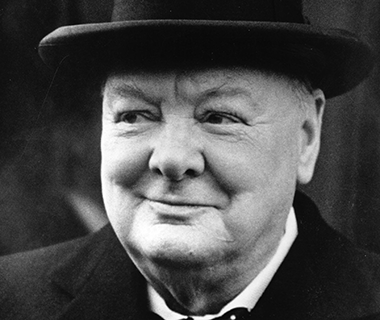Mahratta
Mahratta War, India
September 1803 – ASSAYE – 74th
The Mahratta War was one of the most important in a series of small wars and campaigns which ended with the acquisition of the whole of India by the British Crown. It was fought by a small British force in alliance with one of the Mahratta Chieftains, Scindia and the Rajah of Berar, forces which were trained and led by French officers . The Mahratta territory where the fighting took place lies in the centre of India, to the North of Hyderabad.
The British / Indian force was under the command of Major General Arthur Wellesley, later to become the Duke of Wellington. The army with which he fought the battle totalled only about 5,000 men including 2,000 cavalry, mostly Sepoy (Indian) soldiers, and only three British regiments – the 74th, the 78th ( later Seaforth Highlanders) and the 19th Light Dragoons (the 15th/19t The King’s Royal Hussars).
Wellesley decided to take the initiative and defeat his opponents by outmarching them, capturing their fortresses and bases, thus forcing them to give battle. He hoped to destroy them, piecemeal, if possible. In pursuit of this policy, after much forced marching, on 23rd September 1803, he encountered what he had anticipated would only be a force of infantry, but instead was the whole combined army of his opponents – around 42,000 strong, including a high proportion of cavalry and a hundred guns.
They were occupying an immensely strong position on an open plain with a village protecting either flank and the river Kaitna in front of them.
To withdraw could well have had serious consequences for his campaign so Wellesley decided to attack, despite the odds against him. A frontal assault across the river in the face of the guns was impracticable, but by skilful reading and use of the ground he managed to force the enemy flank and cross the river, although under fire.
The huge army opposite him changed direction – no mean feat and a tribute to its French commanders- and faced him, confident of destroying his attack.
The fortified village of Assaye was now on his right flank, and sited there, a large concentration of artillery protected by a mass of cavalry. Appreciating that the enemy’s weakest point in their seven- mile-long position was their right centre, and should this give way the battle was his, Wellesley launched his attack against it, with both British battalions in the main assault, the 78th on the left and the 74th on the right.
In front and to the right of the 74th, picquets – or groups of men – were posted to protect the right flank. The officer in command had been specifically ordered not to approach Assaye, with its guns and horsemen. The 74th were just as clearly ordered to support the picquets.
Under intense artillery fire, the attack began. On the left, the day went well, the 78th and Sepoys with them breaking into the enemy centre. On the right, there was near disaster. The officer commanding the picquets led his men straight up to the village of Assaye, contrary to the orders given him, for reasons which are unknown. The 74th, obeying their orders, followed the picquets. The Regiment was exposed, unsupported, to a most heavy cannonade and, being afterwards charged repeatedly by cavalry, sustained terrible losses, but maintained its position and the right flank of the army intact. In this action, the keenest ever fought in India, every officer present with the Regiment was either killed or wounded, except Quartermaster James Grant, who, when he saw so many of his friends fall in battle, resolved to share their fate and, though a non-combatant , joined the ranks and fought until the end of the action. The Regiment was saved from annihilation by a charge of the 9th Light Dragoons, which succeeded in driving the enemy back. Their failure to destroy the 74th, coupled with the success of the 78th and Sepoys, caused the enemy to break and run leaving 6,000 casualties and almost all their fine brass cannon on the battlefield.
The 74th was led out of action by Quartermaster Grant and Major Swinton (wounded).Only about eighty men were able to answer their names, from a force of five hundred.In one company the officers and forty-four men out of fifty were killed – but they had not given way. If they had, the battle would have been lost and probably the campaign as well.
Their commander never forgot the battle or the casualties inflicted on his troops, principally the 74th. Many years later, a friend asked him what was the best thing in which he had ever taken part, in the way of fighting. ‘Assaye’, replied the Duke of Wellington. He did not add a word.
The Governor General in India ordered in Council that special honorary colours be presented to the three British Regiments which took part in the battle. The Regiment has carried the Assaye Colour ever since and when it is trooped on Assaye Day it is carried to the parade by the Quartermaster in memory of Quartermaster Grant who fought so gallantly.
Opening times
We are open Monday -Thursday 9am-4pm and Friday 9am-3pm. We are closed over Christmas and New Year.
Admission
Entry to the museum is FREE although donations are most welcome. If you are bringing a larger groups it's best to let us know in advance.



Get in Touch
- call us
0141 332 5639
- our address
518 Sauchiehall Street, Glasgow, G2 3LW, Scotland
